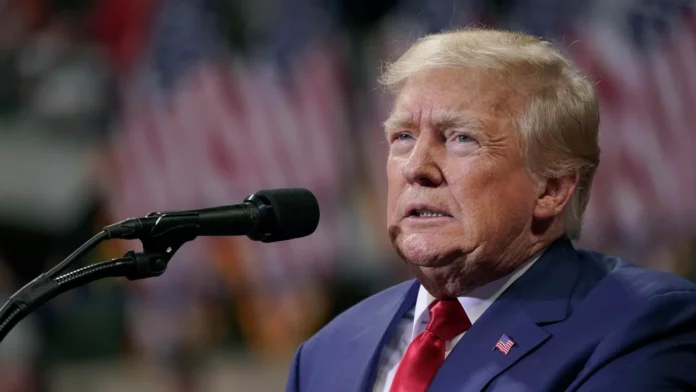The media recently reported that in order to protect the “Ramstein” contact group on Ukraine’s defense in the event of Donald Trump’s re-election as US President, it might be placed under the control of the North Atlantic Treaty Organization (NATO). This move is seen as a precautionary measure against a potential change in policy towards Ukraine by the Trump administration. The possibility of NATO taking over the control of this group has sparked discussions and debates among political analysts and experts.
The “Ramstein” contact group was established in the aftermath of the annexation of Crimea by Russia in 2014. It is a joint effort between Ukraine, Germany, France, and Russia, aimed at finding a peaceful resolution to the ongoing conflict in eastern Ukraine. The group has been instrumental in facilitating negotiations and implementing agreements between all parties involved in the conflict. The involvement of NATO in this group would bring in additional resources, expertise, and support in the efforts towards maintaining peace and stability in the region.
The potential handover of the “Ramstein” contact group to NATO has been met with mixed reactions. Supporters of this move argue that the involvement of NATO would strengthen the group’s capabilities and provide a more robust defense against any potential threats from Russia. It would also send a strong message to Moscow that the international community stands united in support of Ukraine’s sovereignty and territorial integrity.
On the other hand, some critics believe that it could further escalate tensions between Russia and the West. They argue that placing the group under NATO’s control would be viewed as a provocation by Moscow and could potentially lead to a military confrontation. They also raise concerns about the possibility of NATO using this as an opportunity to expand its influence in the region.
However, the decision to place the “Ramstein” contact group under NATO’s control would not be made lightly. It would require the consensus of all parties involved in the group, including Ukraine, Russia, and the European countries. The final decision would also have to be approved by the United Nations Security Council.
Moreover, the potential involvement of NATO in the “Ramstein” contact group can also have a positive impact on the ongoing conflict in eastern Ukraine. NATO’s experience in dealing with similar conflicts and its peacekeeping capabilities could provide a stronger support system for the group. It could also serve as a platform for building stronger relationships between Ukraine and NATO member states.
In light of the upcoming US presidential election, the idea of placing the “Ramstein” contact group under NATO’s control has gained traction. There are concerns that if Trump is re-elected, his administration’s policies towards Ukraine could significantly change, potentially jeopardizing the progress made by the “Ramstein” contact group. The move to involve NATO is seen as a proactive measure to safeguard against any potential negative consequences.
In conclusion, while the potential handover of the “Ramstein” contact group to NATO may have its share of challenges and controversies, it also presents an opportunity to strengthen the group’s capabilities and bring in additional support and resources. It is a decision that would require careful consideration and consensus among all parties involved. Ultimately, the goal of the “Ramstein” contact group, and all those involved, is to find a peaceful resolution to the conflict in eastern Ukraine, and this move could potentially contribute to achieving that goal.

